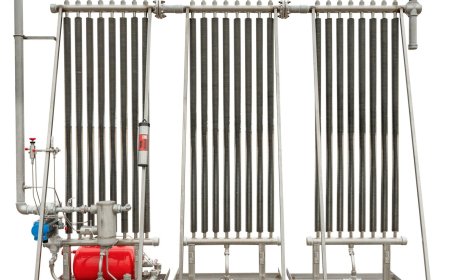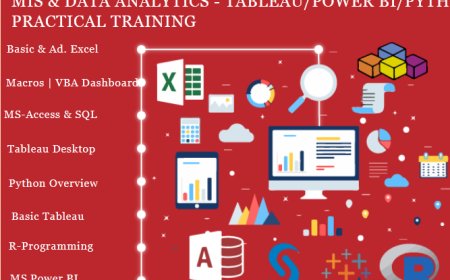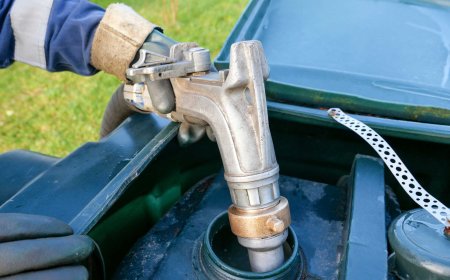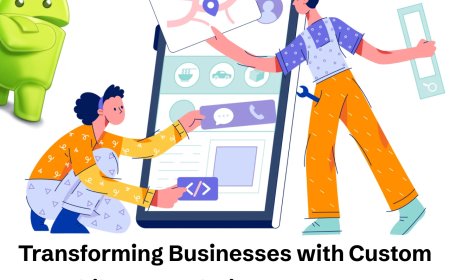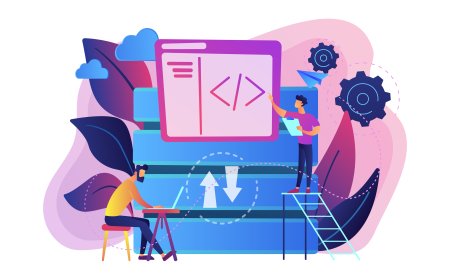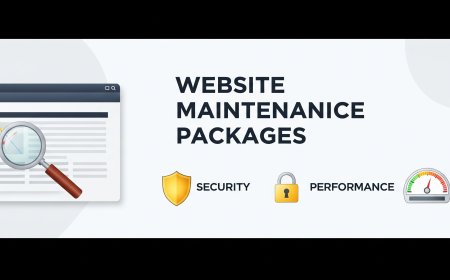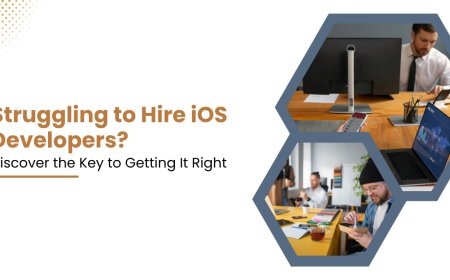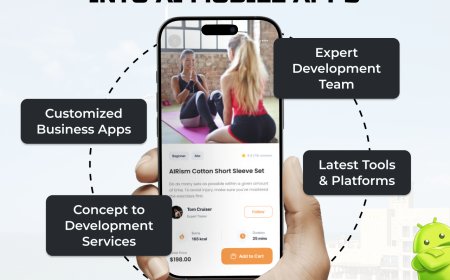Which Steps Are Key in APEGS Assessment?
APEGS isn’t trying to trip you up — they just want to make sure you’re ready to contribute safely and professionally to Saskatchewan’s engineering community. So take it step by step. Stay patient. And don’t hesitate to reach out for help along the way.

If you're an internationally trained engineer aiming to work in Saskatchewan, Canada, one of the most important hurdles youll face is going through the APEGS assessment process .
When I first started my journey, I had no idea where to begin. I knew I needed to get licensed, but the steps felt confusing and overwhelming.
After months of research, document gathering, writing reports, and finally passing the APEGS Competency Assessment , I realized that while the process is detailed, its not impossible especially if you know which steps are the most important.
Let me walk you through the key stages based on my own experience so you can feel more confident and prepared from day one.
What Is APEGS and Why Does It Matter?
APEGS stands for the Association of Professional Engineers and Geoscientrists of Saskatchewan . Theyre the licensing body responsible for regulating engineering and geoscience professionals in Saskatchewan.
In short: If you want to work as a professional engineer (P.Eng.) in Saskatchewan, you need to go through APEGS.
The main reason APEGS exists is to ensure public safety by making sure every licensed engineer meets high standards of knowledge, skill, and ethics even if they were trained overseas.
The Big Picture: Main Stages of APEGS Assessment
Here are the main steps in the APEGS assessment process:
- Submit your application
- Provide academic documents
- Academic evaluation
- Complete the Competency Based Assessment (CBA)
- Attend the CBA interview
- Final approval and licensing
Now, lets dive into the key steps the ones that really make or break your application.
Step 1: Start Your Application with APEGS
This is the starting point. You create an online account on the APEGS website and fill out the basic application form.
Make sure to select the correct category usually Professional Member if youre applying as a licensed engineer.
Youll also pay the initial application fee at this stage. Fees can vary, so always check the latest amount on their site.
I remember feeling nervous when I hit the "submit" button but honestly, just getting started was half the battle.
Step 2: Submit Academic Documents
Next, APEGS asks for your academic transcripts and degree certificate.
If your documents arent in English, you must get them translated by a certified translator.
I made sure to request official transcripts directly from my university and sent them straight to APEGS. They accepted both electronic and mailed copies I chose the postal route because that was easier for my school.
Tip: Make sure all documents are clear and legible. Blurry scans or incomplete transcripts can cause unnecessary delays.
Step 3: Wait for Academic Evaluation
Once APEGS receives your academic records, theyll review them to see if your degree is comparable to a Canadian undergraduate engineering degree.
This took about 46 weeks for me. During that time, I got an email saying my degree was acceptable which was a huge relief!
If your degree isnt considered equivalent, APEGS may suggest upgrading courses or exams before proceeding to the Competency Based Assessment .
So yes this step matters a lot. But dont panic if things take time. Its all part of ensuring quality and fairness.
Step 4: Prepare for the Competency Based Assessment
Now comes the heart of the APEGS assessment the Competency Based Assessment (CBA) .
APEGS gives you a list of core competencies that Canadian engineers are expected to demonstrate. These include:
- Applying engineering knowledge
- Solving problems
- Working ethically
- Communicating effectively
- Leading teams or projects
For each competency, you must provide a real-life example from your studies or work experience that shows how you met that skill.
I found this step challenging at first I wasnt used to writing structured technical reports like this. But once I got the hang of it, it became a way to showcase my skills clearly.
Step 5: Write Your Competency Examples
Each example should clearly describe:
- What you did
- How you did it
- Why you did it that way
- What result came from it
I treated these like mini case studies small stories showing my engineering abilities in action.
For instance, one of my examples focused on designing a structural support system during an internship. I explained what the challenge was, how I approached the design, why I chose certain materials, and what the final outcome looked like.
Pro tip: Use active verbs and avoid vague statements like I helped with the project. Be specific show what you did.
Step 6: Get Feedback Before Submitting
Before submitting my final report, I asked a friend who was already licensed in Canada to read through my examples.
He gave me great feedback on structure and alignment with Canadian expectations.
Getting someone else to review your Competency Based Assessment report can help catch gaps or unclear sections and improve your chances of success.
Step 7: Submit Your CBA Report
Once you feel confident, upload your APEGS Competency Assessment report through your APEGS portal.
Along with it, youll need to submit:
- Rsum or CV
- At least two references (preferably from licensed engineers)
- Any additional documents requested
Theres also a separate fee for the CBA process around $850 CAD last time I checked. Always double-check the current rate on the APEGS website.
Step 8: Wait for Review and Interview
After submission, APEGS reviews your report. This can take anywhere from 4 to 8 weeks depending on their workload.
If they accept your report, youll be invited for a CBA interview a 45-minute to 1-hour conversation with a panel of licensed engineers.
Theyll ask questions about your examples and maybe dig deeper into your thought process.
Dont worry its not a test. Think of it as a chance to explain your work and show your confidence.
Step 9: Pass the Interview
I was nervous going into my interview, but I reminded myself that I knew my own work best. I prepared summaries of each example and rehearsed explaining them clearly.
The interviewers were friendly and asked follow-up questions to understand how I handled specific challenges. I answered honestly and stuck to what I had written.
A few days later, I got the good news I passed the APEGS Competency Assessment !
That moment changed everything for me I was officially on the path to becoming a licensed engineer in Saskatchewan.
Step 10: Final Steps Toward Licensure
Once you pass the Competency Based Assessment , APEGS moves forward with the rest of your application. This includes checking references, verifying identity, and ensuring you meet character and ethics requirements.
Youll also need to complete a professional practice exam (PPE) unless you qualify for an exemption.
After all that, youll receive your license as a Professional Engineer (P.Eng.) in Saskatchewan!
Final Thoughts
Going through the APEGS assessment process can feel overwhelming especially if English isnt your first language or you're new to the Canadian system.
But trust me its totally doable.
The key steps like preparing strong examples for the Competency Based Assessment , getting feedback, and practicing for the interview are the ones that really determine your success.
APEGS isnt trying to trip you up they just want to make sure youre ready to contribute safely and professionally to Saskatchewans engineering community.
So take it step by step. Stay patient. And dont hesitate to reach out for help along the way.
Good luck on your journey toward becoming a licensed engineer in Canada. You've got this!














